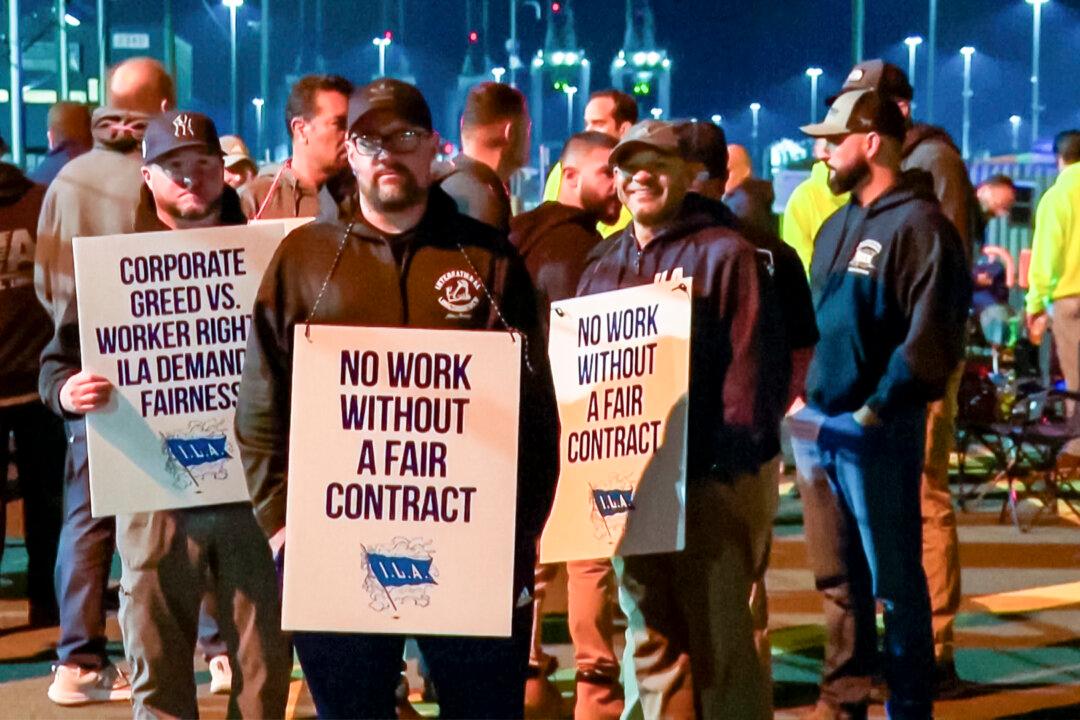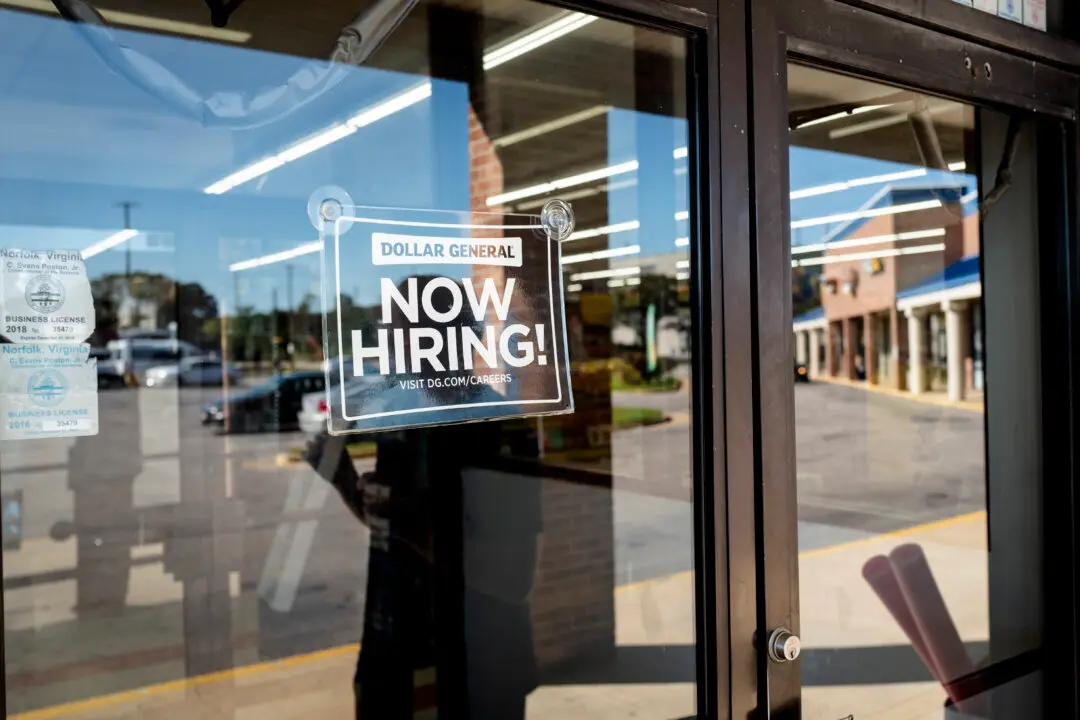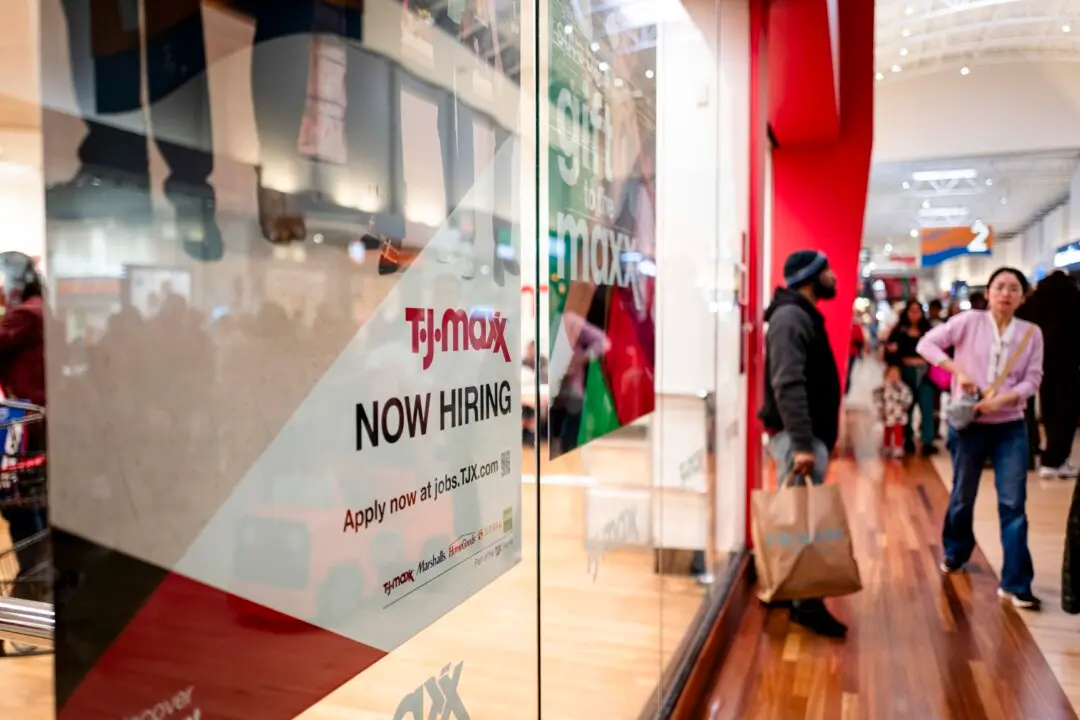Thousands of Atlantic and Gulf Coast port workers went on strike at 12:01 a.m. on Oct. 1 for the first time since 1977, a work disruption that could potentially cause sizable harm to the U.S. economy.
The International Longshoremen’s Association (ILA), North America’s largest union of dock and maritime workers with 85,000 members, rejected a proposal made by the U.S. Maritime Alliance (USMX), which is a coalition of container carriers, direct employers, and port associations.





